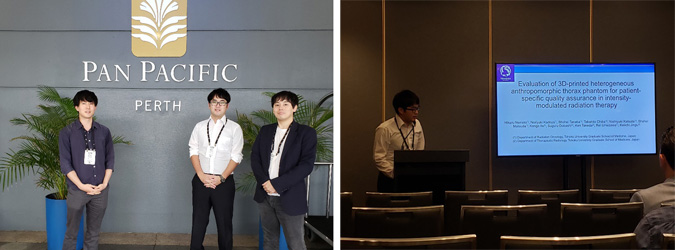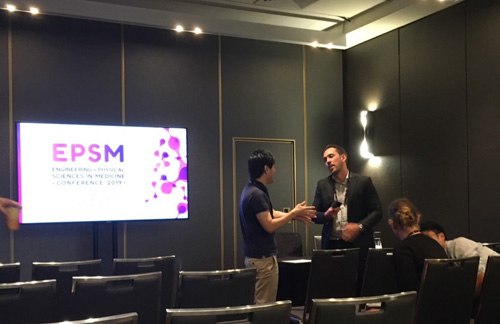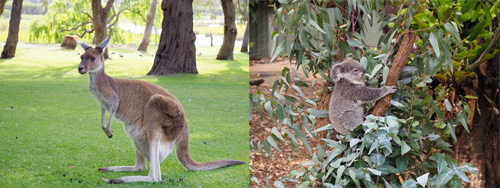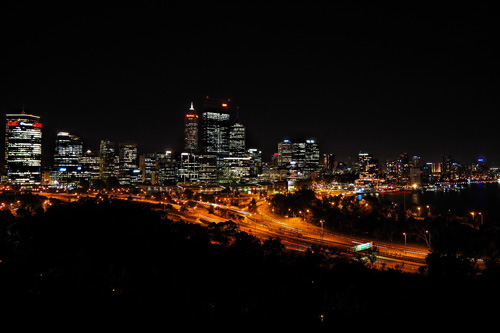2019.10.28~30:EPSM&AOCMP 2019
Dr. Kadoya, Mr.Matsuda (Doctor course), Mr.Nemoto, Mr.Tanaka attended to 19th AOCMP and EPSM 2019.
■Date: 28~30, Oct, 2019
■Venue: Pan Pacific Perth, Perth, Australia
■Conference name: Engineering and Physical Sciences in Medicine Conference and Asia-Oceania Congress of Medical Physics 2019 (EPSM&AOCMP)

Hikaru Nemoto(M2)
Dr. Kadoya(Assistant Professor), Mr. Matsuda (D1), Ms. Tanaka (M2), and Mr. Nemoto(M2) from the Medical Physics Group participated in the 19th AOCMP, which was held simultaneously with EPSM, and gave oral presentations.
This year’s AOCMP was held in Perth, Australia. Perth has low precipitation throughout the year, and October, when the conference was held, was spring in the southern hemisphere, so the weather was pleasant. The conference was attended by experts from Asia and Oceania, and the Image registration session we attended allowed us to discuss and exchange ideas with RIR and DIR experts from Asia and Australia.
I also gave an oral presentation entitled “Evaluation of 3D-printed heterogeneous anthropomorphic thorax phantom for patient-specific quality assurance in intensity-modulated radiation therapy. In recent years, cardiac debridement has been the focus of attention in radiotherapy for esophageal cancer. Our group hypothesized that by reducing the radiation dose to the myocardium, the contrast delay seen in contrast-enhanced MRI, i.e., myocardial fibrosis, could be reduced and the occurrence of adverse events occurring in the myocardium could also be reduced. We will prospectively examine the occurrence of cardiac injury by treating patients with a functional plan that uses VMAT to reduce the myocardial dose in contrast to the conventional irradiation method using 3D CRT. However, since the myocardium moves during irradiation due to pulsation, there is a possibility that the myocardial dose is not correctly reduced due to the interplay effect. Therefore, the functional plan should be validated using a phantom that reproduces the movement of the heart and the patient’s anatomy. I would like to refer to the questions from the experts on 3D printers and dose verification in my future research.
This was the third time for me to present my research overseas, and it was a very valuable opportunity for me to realize that there are still some things that I have not done well. I would like to continue my research and improve my research skills through conference presentations and paper submissions.
Near the conference venue, I was able to see animals unique to Australia and the night view of the city of Perth. The night view from “Kings Park” was especially wonderful.
I would like to take this opportunity to express my sincere gratitude to the professors who gave me this very valuable opportunity to present my research overseas, and to the professors and laboratory staff who supervise my research on a daily basis. Thank you very much.

Discussions with Image registration experts

At the park that we visited after the conference

Night view from Kings Park
